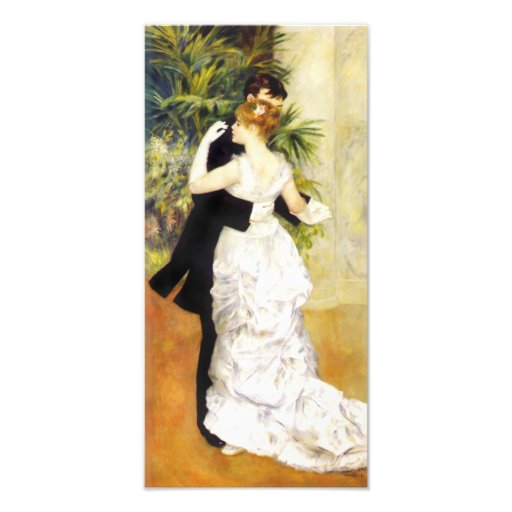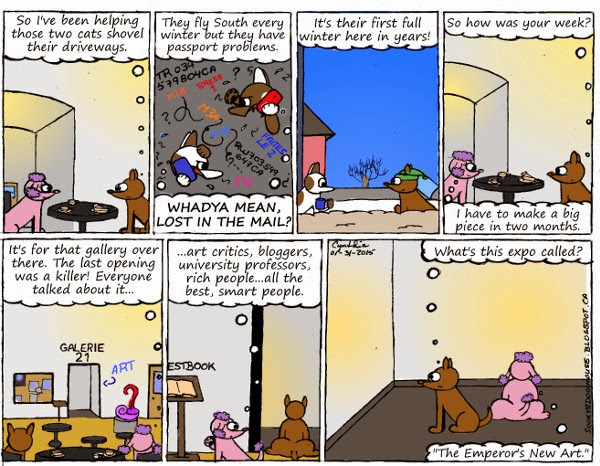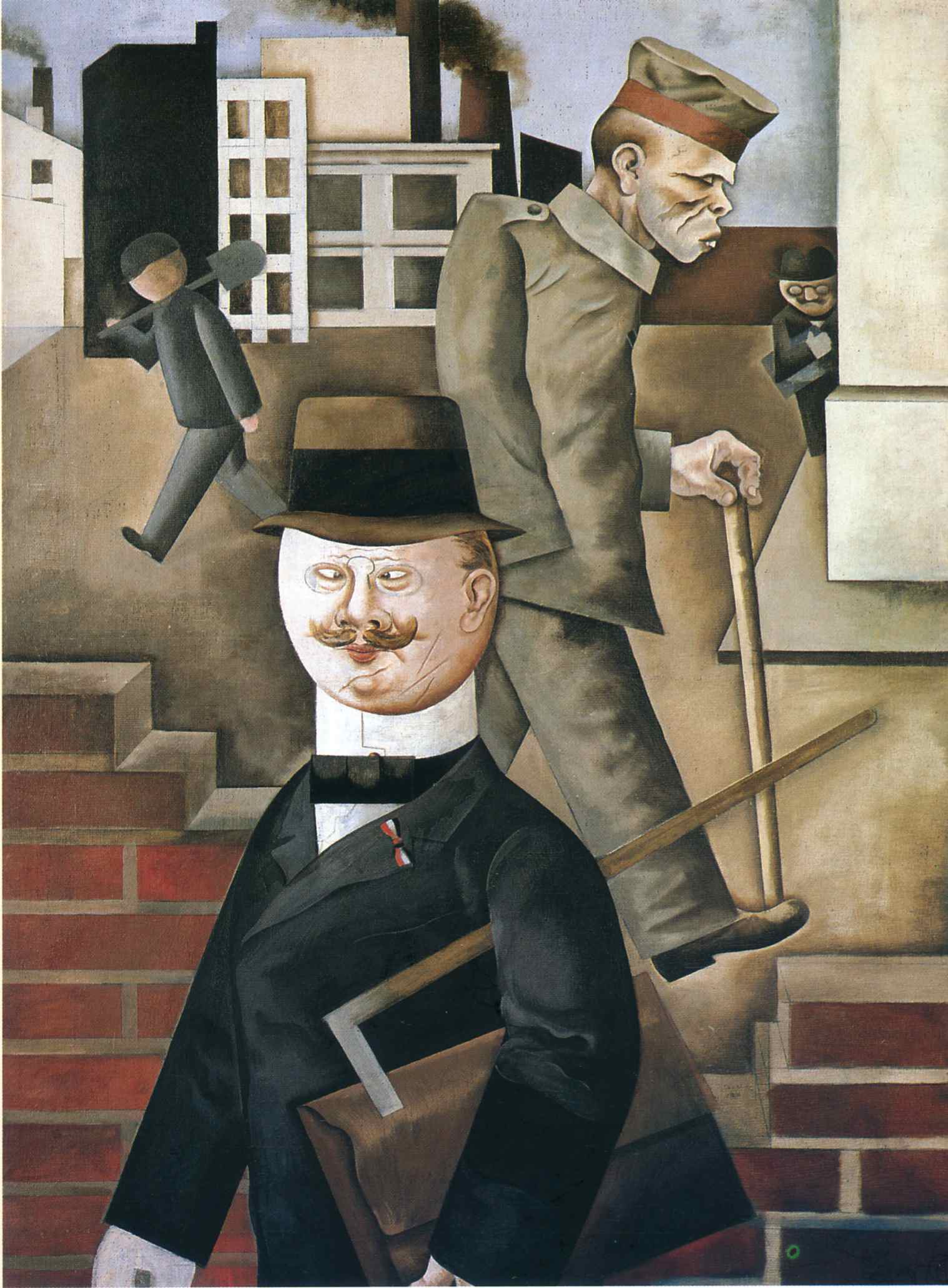I love art that speaks about its time. Manet, Renoir, Van Gogh have immortalized the Belle Époque, the second french empire with its Haussmanian boulevards, weekends on the grass and Moulin Rouges. Until then, painting was meant to represent reality but photography was much better at that than painters. Impressionnists were the first ones to say "fuck reality!" and draw objects with fuzzy brush strokes just because they felt like it.
 |
In the same generation, Henri Matisse started using non-realistic color (like painting an apple blue, or flesh green, for example) and not far after that, Picasso invented cubism. How to describe cubism? Well, it's the style people use to make fun of people's faces! Eyes, mouths at the wrong place...if you look at them the wrong way. If you look at them right, you'll see three dimensions on a two-dimensional canvas.
Meanwhile, across the Rhine were the German Expressionists. Their films, "Metropolis", "Der Golem", "The Cabinet of Dr. Caligari" are still cited by nerds around the internet. Those people were good enough to be called "degenerates" by the nazis (what a compliment, coming from them!) but when you look at those films, along with the paintings of Otto Dix and George Grosz, you look through a window of everything wrong with Germany at that time, how a very civilized country ended up falling for the nazis.
Meanwhile, all the cool artists migrated to the US, making New-York the new centre of the World of arts. Picasso stayed behind to point Guernica to the nazis and answer "No, you did it!". A little later, Andy Warhol immortalized movie stars, brands and presidents, the new powers, the new monarchs of the twentieth century, like Velazquez and Winterhalter painted kings and queens at a time when there were still kings and queens.
Strangely, just at the time the center of the art world moved to New York (supposed to be a sign of democratization), it took pride in becoming more and more inaccessible to the common person. Between movies, the internet, music and TV, we are awashed in art. Mainstream art, aka "ghastly art", if you listen to the people in galleries.
In the last few decades, fine art has come to mean less and less. It doesn't know what it is, just what it is not: just "not mainstream". A desperate attempt to prove everyone that art is that thing waaay above everyone's heads while it can do publicity stunts as cheap and stupid as any reality show on MTV but gets respect from rich people with chardonnay, screaming in unisson the international war-cry of spoiled, elitist rich kids: "B- bbut the mainstream culture/our time/common people sucks!"
What a timeless complaint about time. If we zapped ourselves to the early 1900s Paris, or any other time, we would hear the same complaint: "What vulgarity!", "What an epoch we live in!". It's nothing ground-breaking, it's the stuff bitter, reactionnary people say, not artistic geniuses.
If you ever find yourself thinking that, remind yourself of how you were at age ten, asking old people "What were the 1940s like?" and remember that one day, when you'll be 73, another wide-eyed kid will ask you what the 2010's were like. They will not look at the exclusive art galleries, but at the "ghastly" mainstream culture like we look at the impressionists of la Belle Époque.




